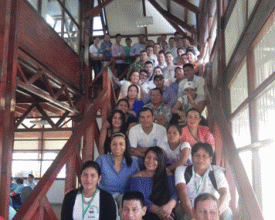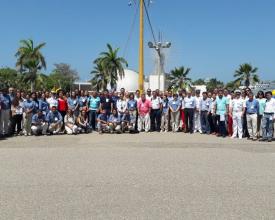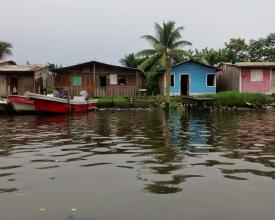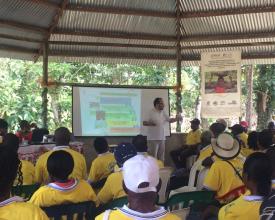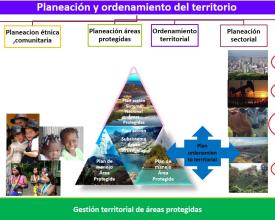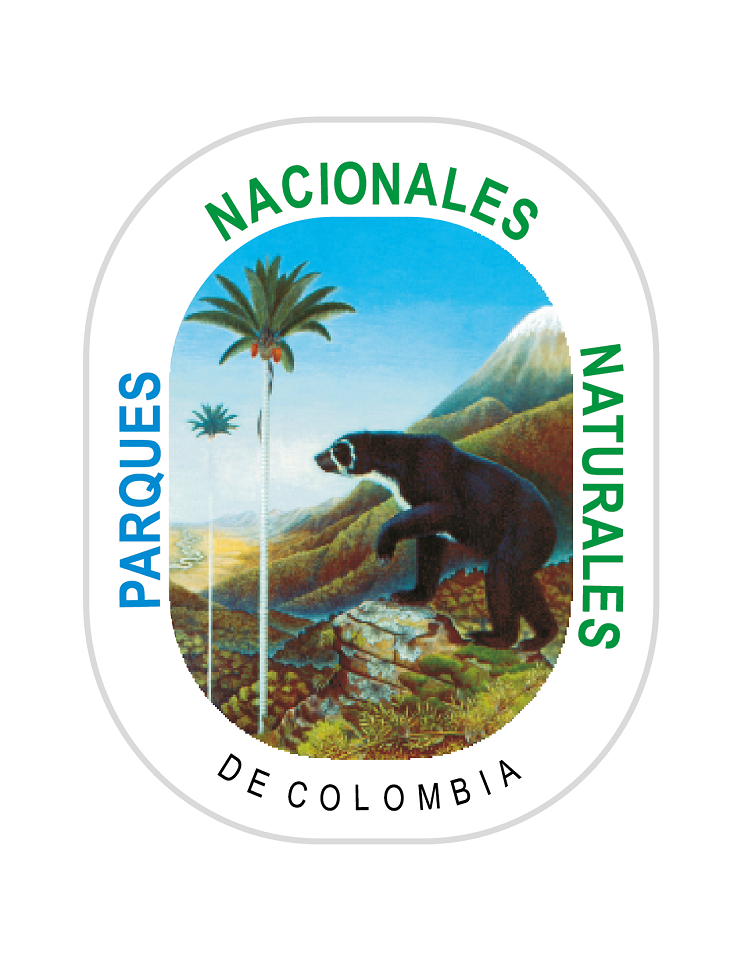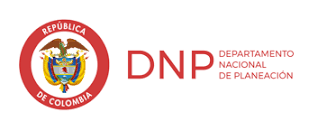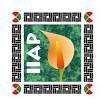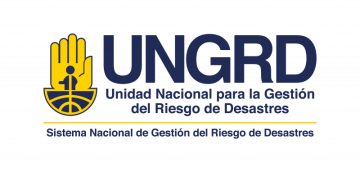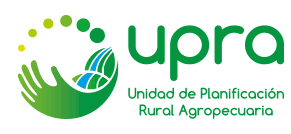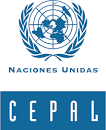Le processus d'intégration des zones protégées dans la planification territoriale colombienne
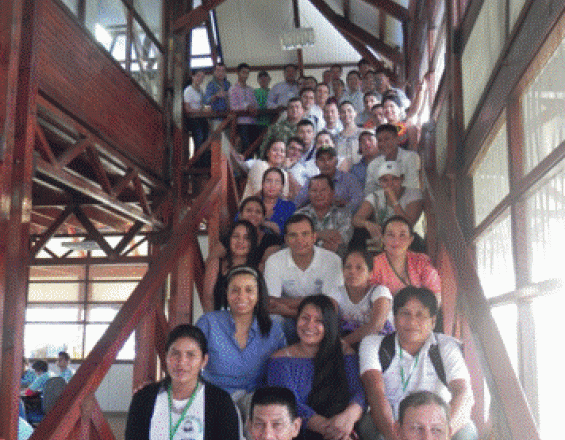
Ils ont accru la pression sur les aires protégées (AP), mettant en péril la conservation de la biodiversité et la fourniture de services écosystémiques. Dans la planification de l'utilisation et de l'occupation des sols et dans les modèles de développement promus par les municipalités, les départements, la nation et les secteurs productifs, les aires protégées sont absentes ou sont perçues comme un frein au progrès. Il est essentiel et urgent d'intégrer les aires protégées dans les plans d'aménagement du territoire. Notre processus a combiné des actions politiques, techniques et opérationnelles. Aujourd'hui, les parcs nationaux font partie du comité interinstitutionnel spécial de la commission colombienne d'aménagement du territoire, ont réussi à inclure les aires protégées dans les instruments d'aménagement du territoire municipaux, départementaux et nationaux, développent des cas pilotes dans différentes parties du pays et forment différents acteurs.
Contexte
Défis à relever
S'éloigner de la planification traditionnelle des zones protégées isolées du territoire.
Réduire la multiplicité des instruments de planification.
Renforcer les capacités des autorités environnementales à participer et à influencer les politiques publiques avec des arguments et un langage plus compréhensibles pour les autres secteurs dans les processus d'aménagement du territoire.
La vision intégrale du territoire et la gestion conjointe interinstitutionnelle, intersectorielle et communautaire à un niveau multi-échelle.
la vision privilégiée du développement extractif dans la planification du développement du gouvernement
Insuffisance d'informations sur la contribution des aires protégées au développement territorial et au produit intérieur brut du pays, sur la base de la fourniture de services écosystémiques essentiels pour le développement régional dans un contexte territorial.
Élaboration d'une politique fiscale qui reconnaisse et encourage les municipalités dont la majorité du territoire se trouve dans des zones protégées en leur allouant le budget général de la nation.
Emplacement
Traiter
Résumé du processus
Les territoires sont le produit de l'interaction des personnes dans un espace spécifique, l'une des composantes de cet espace étant les écosystèmes et la diversité qui leur est associée. Les territoires ne sont pas de petites urnes, mais le produit des interactions de différents acteurs sociaux et institutionnels. Par conséquent, pour planifier un territoire, il ne suffit pas de planifier un écosystème ou une communauté, il est nécessaire d'harmoniser tous ces instruments de planification et ces visions d'intervention sur le territoire.
Blocs de construction
Planification et aménagement du territoire
Connaître et gérer les instruments, les organismes et les processus dans lesquels sont planifiés l'aménagement du territoire, les modèles d'utilisation du sol et la réglementation des activités est fondamental pour la gestion efficace des zones protégées et la viabilité du territoire.
Facteurs favorables
Renforcement des capacités en matière d'aménagement du territoire.
L'essor de la planification rurale et le nouvel agenda urbain mondial qui nous permet de voir non seulement les villes mais aussi les établissements humains.
La tendance et l'engagement à gérer les zones protégées au-delà des frontières.
Les objectifs de développement durable
Leçon apprise
Le territoire n'est pas seulement un concept polysémique, c'est aussi l'arène où sont gérés les différents intérêts sociaux et institutionnels.
Sur le territoire, il y a non seulement des conflits socio-environnementaux mais aussi des conflits ethniques-territoriaux, sectoriels et politico-administratifs, mais la gestion de tous ces conflits nécessite un accord social.
Le positionnement de la biodiversité et des espaces protégés dans les politiques publiques de développement et d'aménagement du territoire nécessite une gestion intersectorielle et le développement de compétences pour la participation d'organismes techniques avec des contributions techniques qui contribuent à des objectifs communs, c'est-à-dire apprendre à faire partie d'un collectif et à gérer en réseau.
La diversité comme point de départ de l'aménagement du territoire
L'Amérique latine et les Caraïbes sont une région très diversifiée. Dans la plupart des territoires latino-américains, des modèles préhispaniques, coloniaux et modernistes de planification du développement et d'utilisation des terres coexistent. Cette situation engendre des conflits socio-écosystémiques et territoriaux. La recherche sur l'intégration des zones protégées dans l'aménagement du territoire, une nécessité pour la réalisation du bien-être humain en Colombie, a conclu que pour planifier et gérer efficacement l'aménagement du territoire, il est nécessaire de partir de la reconnaissance des éléments suivantsla diversité socioculturelle, écosystémique et politico-administrative des territoires, ainsi que la clarification du rôle irremplaçable de la biodiversité et des zones protégées dans la réalisation du bien-être humain, la prévention et la gestion efficace des conflits socio-écologiques, territoriaux et humanitaires, afin de proposer des politiques publiques différenciées,
en fonction des contextes biodivers, multiethniques et pluriculturels, dans une perspective holistique, complémentaire et synergique.
d'une vision intégrale, complémentaire et synergique sur l'ensemble des
territoires. Sur cette base, quelques stratégies et clarifications conceptuelles sont proposées.
Facteurs favorables
La reconnaissance de la diversité ethnique et culturelle en tant que stratégie d'aménagement du territoire, basée sur les connaissances traditionnelles et en tant que mesure d'adaptation aux conditions écosystémiques.
La proposition de moyens d'harmonisation entre les instruments de planification ethnique, les autorités environnementales et les gouvernements.
Ce document est le fruit d'un travail réalisé dans divers territoires du pays.
Leçon apprise
Les facteurs techniques, institutionnels et sociaux qui entravent la gestion intégrée du territoire ont été identifiés.
Le territoire est un ensemble de plusieurs territoires, c'est-à-dire qu'il s'agit de multi-territoires à gérer et à harmoniser pour garantir la conservation de la biodiversité et le bien-être humain.
La langue est un facteur clé de compréhension et de gestion commune.
Impacts
Politiques publiques: inclusion des aires protégées dans les politiques publiques, les instances et les instruments de planification territoriale -OT- à l'échelle nationale, départementale et municipale. Aujourd'hui, les parcs nationaux font partie du comité spécial interinstitutionnel de la commission de planification territoriale de Colombie.
Planification territoriale participative: reconnaissance et compréhension collective du territoire en tant qu'espace commun, où convergent différents acteurs, intérêts, processus et zones protégées.
Gestion des conflits socio-environnementaux: travail conjoint, synergique, multi-échelle et complémentaire des institutions nationales, régionales, locales, sectorielles et communautaires pour : l'identification et la compréhension des problèmes, l'harmonisation des instruments de planification (communauté, AP, entités sectorielles et territoriales), la gestion, la réorientation et la complémentarité des investissements vers des processus contextualisés.
Renforcement des capacités : conception d'outils méthodologiques et de formation sur les AP dans les TO et les ateliers.
Cas pilotes: structuration et mise en œuvre de 8 cas pilotes dans les 5 régions du pays comme contribution à la politique générale sur la BM en Colombie, sur les zones humides et la BM, l'AP et le risque, les territoires collectifs et l'AP dans la BM, le schéma associatif tri-frontalier de la BM, l'AP urbaine et le contexte de la BM.
Bénéficiaires
les autorités environnementales régionales, les communautés rurales, les communautés autochtones et les communautés noires, les institutions nationales, le personnel des parcs nationaux, etc.
Objectifs de développement durable
Histoire
Travailler dans les aires protégées est l'opportunité que l'on a dans la vie de contribuer à la réalisation d'un monde meilleur, basé sur le respect et la promotion de la diversité ethnique, culturelle et naturelle. Au cours de ces 22 années de gestion dans des parcs nationaux, en Amazonie, dans l'Orénoque, dans les Caraïbes, dans le Pacifique et dans les Andes, au niveau national, ou lors des échanges avec l'UICN Sud en Équateur ou avec les systèmes de parcs de l'Équateur, du Pérou, de la Bolivie, du Paraguay, de l'Argentine et de l'Amérique centrale, il m'a été possible d'interagir avec différentes personnes, communautés, groupes ethniques, institutions, gouvernements et universités. Quelle quantité et quelle diversité de connaissances, d'expériences et de motivations. J'ai compris qu'il n'est pas possible de continuer à planifier les zones protégées (ZP) à partir des limites vers l'intérieur ou d'explorer la création de corridors de conservation. Il est essentiel et incontournable de passer de cette forme de gestion à la planification des aires protégées dans le contexte du territoire, car les pressions exercées par le changement d'affectation des terres, la mondialisation, le modèle de développement extractiviste, la pauvreté et la perte croissante de biodiversité montrent que l'approche écosystémique, des droits, de la production ou de la planification urbaine ne suffit pas. La question est de savoir comment créer des territoires viables et justes qui contribuent à la réalisation du bien-être humain et à la conservation de la nature et de tous les êtres qui la composent. En d'autres termes, il est nécessaire de planifier et de gérer les zones protégées en termes de droits de l'homme de troisième et quatrième génération. Pour ce faire, il est essentiel de se mettre à la place des autres, de comprendre leurs logiques d'intervention, de reconnaître et de connaître leurs formes de planification (ethnique, environnementale, productive, etc.), de zonage et de réglementation de l'utilisation des terres et du développement des activités. Cela nous permet de reconnaître que nous sommes aussi des générateurs de conflits, mais que nous faisons aussi partie de la solution. Cela nous permet de clarifier que les termes écosystème, resguardo, municipalité ne sont pas les mêmes que les territoires, mais qu'ils en font partie. En d'autres termes, vous, moi et les autres, en tant qu'êtres humains, citoyens et fonctionnaires, avons la responsabilité de la conservation du patrimoine naturel et du bien-être de la population.

